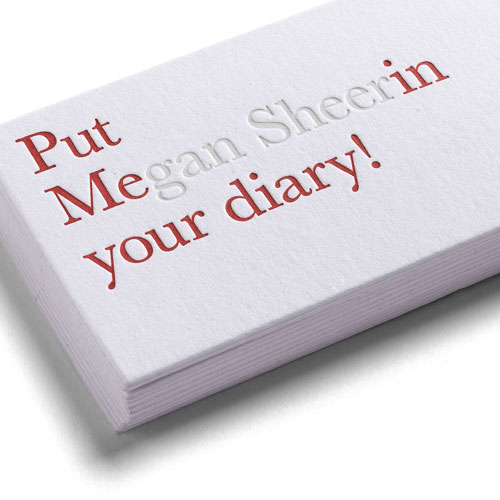Slide:
2.
2.
- Uk Economy
- long term view
- multicultural in every social measure eg. visual, economical
3.
- goods - information all way to product services or products that they offer
- common characteristics - audience, global position
4.
- Primary
- harvesting of resources
- food/material/minerals
- can't exist without the industries
5.
- Secondary
- manufacturing of these resources
- processing the raw materials into marketable things
6.
- Tertiary
- service primary/secondary sectors
- distributing/ movement of those products/materials
- admin/feeding etc.
- structures/services
7.
- Quaternary
- intellectual activities
- education/gov/law
- enhacing & develops
8.
- Artificial to an extent
- Driven by need
9.
- design decisions on sector audience
- identify who else is out there
- whos the competetion
- current market and trends
- possible clients
- what aren't people doing
- gaps in the market
- relationship between sectors - survive off each other
- see where the money is
10.
- service industry
- creative industry with in it
- sell lifestyle/brand
- generate things in to society
11.
3 sectors
- Public sector
- basis gov./state/public services
- paid by taxes
- varies in country
12.
- free in the point of delivery
- can't be excluded if you don't pay
- benefit whole society
13.
- lots of departments in government
- manage this sector
14.
- Private
- not controlled by state
- non for profit
- most jobs are held
- biggest employer
- different in country eg china is state run
15.
- private enterprise and investment
- personal and corporate sector
- profit driven
16.
- Third
- not for profit
- charities/volunteers
- indicator of how healthy economy is
17.
- Service industry
- creative services all of those
18.
- not about creative practice
- economic activity behind it
- use your skill/hobby for society and make money
19.
- sub-categories
- creative outputs as there core production break down even more and feed into one another
20.
- becoming one of the significant ares of the sectors
21.
- Going up in the industry
- driven by new blood going into it
22.
- Structure of companies
- own studio - focus/services on design
- big companies have own design departments
- freelance - self-employed - different contracts
23.
- 6 key areas of disciplines
- cross fertilisation between them
24.
- our main focus in based
- solving problems with type/image/motion
25.
- 50% worked across both
- services all sectors
26.
- supported/monitored by organisations
- look after our interests
27.
- Creative England
- never working individual
- always a collaboration
- eg. printers/clients etc.
28.
- Education side
29.
- Human rights/ethical/rights
30.
- where is the money from?
- treasury/civil service
- separate from government
- the policies and decisions has to go through them to separate fairly
31.
- other directions of money
- interest groups
- organisation help you to get support



















